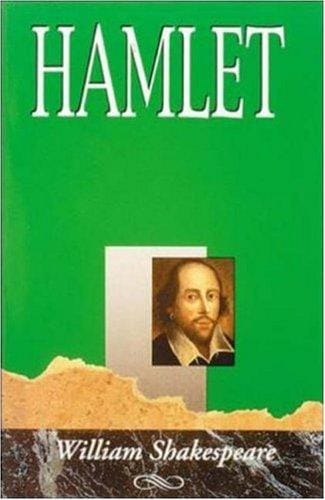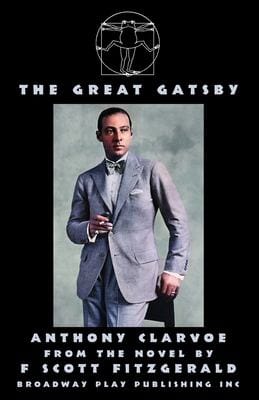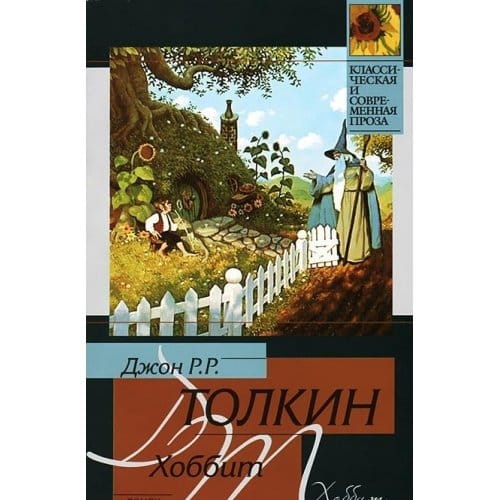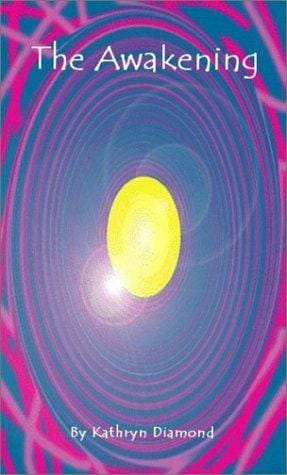Henderson the Rain King: A Deep Dive into Saul Bellow’s Comic Masterpiece
Explore plot, themes, characters and cultural impact of Saul Bellow’s comic masterpiece "Henderson the Rain King" in a concise, 800-word guide.
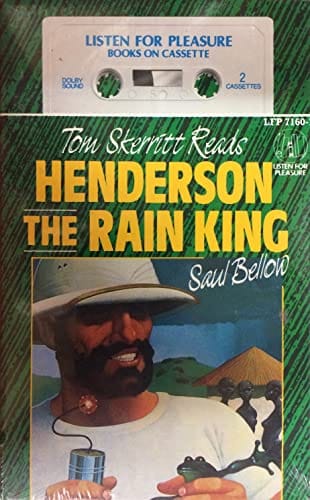
Introduction
First published in 1959, Saul Bellow’s "Henderson the Rain King" stands as one of the most inventive and exuberant novels in twentieth-century American literature. Blending picaresque adventure with philosophical inquiry, Bellow crafts a story that is as funny as it is profound. This article explores the book’s plot, themes, characters and lasting legacy, giving new and seasoned readers alike a clear roadmap to the delights hidden in its pages.
Plot Summary
Eugene Henderson is a wealthy, boisterous, discontented 55-year-old pig farmer from Connecticut who feels a perpetual roar inside him—an unarticulated demand that screams, “I want, I want, I want.” Hoping to quiet that roar, Henderson abandons his family and flies to Africa, convinced that a radical change of scenery will heal his existential malaise. There he encounters two fictional tribes, the Arnewi and the Wariri, each of which sets him on a new course of discovery. His well-intentioned attempt to rid the Arnewi’s water supply of frogs leads to disaster when his homemade dynamite destroys their only cistern. Later, under the tutelage of King Dahfu of the Wariri, Henderson is proclaimed "Rain King," learns lion-based spiritual lessons and survives a coup before finally returning to America with a renewed sense of purpose. The plot is madcap, but every episode pushes Henderson further toward self-realization.
Major Themes
The Quest for Identity
Henderson’s roar represents the universal human yearning for meaning. Throughout the novel he strips away social status, wealth and national identity in order to answer the fundamental question: Who am I? His journey suggests that identity is forged in confrontation with both external experience and internal reckoning.
Existentialism and Responsibility
Bellow was writing during the height of post-war existentialism, and the novel echoes thinkers such as Camus and Kierkegaard. Henderson learns he cannot escape responsibility for his actions, whether at home or in Africa. His explosions, literal and metaphorical, force him to confront the consequences of willful behavior.
The Comic as Redemptive
Despite its weighty topics, the novel is hilariously funny. Bellow uses comedy not to trivialize suffering but to reveal its absurd contours, suggesting that laughter is itself a mode of survival. Henderson’s blunders invite the reader to forgive human folly, including their own.
Character Analysis
Eugene Henderson
Physically large and emotionally turbulent, Henderson is equal parts Don Quixote, Falstaff and modern anti-hero. His voice—blustery yet vulnerable—drives the narrative. What makes him captivating is his refusal to settle for shallow comfort; his mistakes are catastrophic, but his determination to change is admirable.
King Dahfu
Dahfu serves as Henderson’s foil and spiritual guide. Educated in Western medicine yet steeped in Wariri traditions, he embodies cultural synthesis. Through Dahfu’s lion-centric metaphysics, Henderson learns to respect life forces beyond the scope of Western rationalism.
Secondary Characters
Back home, Henderson’s wife Lily and friend Charlie represent the safe but stifling world he leaves behind. In Africa, figures like Romilayu, his patient travel companion, provide grounding and comic contrast to Henderson’s impulsiveness.
Style and Narrative Voice
Bellow’s prose oscillates between high lyricism and streetwise slang, mirroring Henderson’s own dual nature—part philosopher, part braggart. Long, rhythmic sentences sit comfortably beside punchy quips, creating a musical quality that keeps readers off balance yet fully engaged. The first-person narration is crucial, offering unfiltered access to Henderson’s inner turmoil and allowing Bellow to turn philosophical digressions into intimate confession.
Cultural Impact and Legacy
"Henderson the Rain King" cemented Bellow’s reputation and helped him win the Nobel Prize in Literature in 1976. The novel has influenced writers ranging from Philip Roth to Jonathan Safran Foer, who borrowed Bellow’s blend of comedy and metaphysics. In academia, it serves as a staple in courses on post-war American fiction and Jewish-American literature, even though its African setting complicates easy cultural categorizations. Contemporary critics praise the book’s nuanced portrayal of cross-cultural encounter, though they also scrutinize its reliance on exoticism. Regardless, the work remains a touchstone for discussions about how Western narratives represent the so-called "other."
Why You Should Read It Today
Modern readers will find Henderson’s restlessness eerily familiar in an age of career shifts, wellness retreats and digital escapism. The novel reminds us that true fulfillment cannot be ordered online or discovered on a guided tour; it emerges from vulnerable engagement with the world’s messiness. Moreover, its irreverent humor offers a refreshing antidote to cynicism.
Conclusion
Saul Bellow’s "Henderson the Rain King" is a carnival of language, ideas and unforgettable characters. It invites readers on an outrageous journey that is ultimately inward-looking, asking them to confront their own roaring desires. Half a century later, the book still feels startlingly alive, urging us to live more deliberately, laugh more freely and accept the heavy responsibility of being human.
